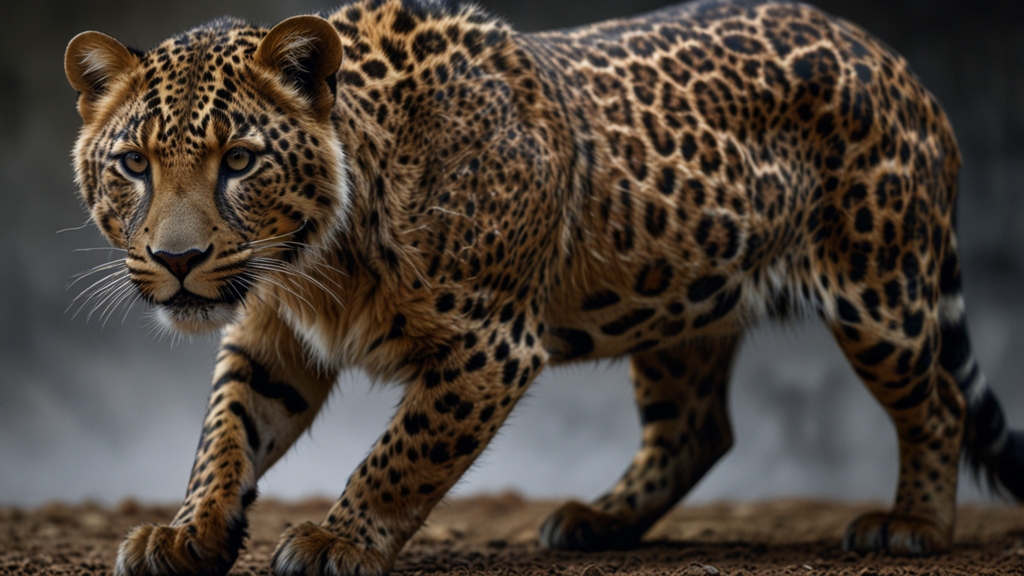Mammals and Their Superpowers: Unveiling Extraordinary Abilities
Mammals, a diverse class of animals, are known for their sophisticated adaptations and remarkable abilities. While all mammals share common traits such as hair, mammary glands, and warm-bloodedness, certain species stand out due to their extraordinary capabilities. These "superpowers" range from unparalleled sensory skills to astonishing physical feats, making mammals one of the most fascinating classes in the animal kingdom.
Echolocation: The Sixth Sense of Bats and Dolphins
Bats and dolphins are renowned for their ability to navigate and hunt in the dark using echolocation. This sophisticated natural sonar system allows them to emit sound waves and interpret the returning echoes to identify objects, prey, and obstacles.
"Echolocation provides a precise sense of spatial awareness, enabling bats to swoop through dense forests or dolphins to hunt in murky waters with unparalleled accuracy," says Dr. Jane Smith, a mammalogist from the University of Zoological Sciences.
While bats use high-frequency ultrasonic waves to detect insects and navigate through pitch-black caves, dolphins utilize a wide range of clicks and whistles to locate fish and communicate in the vast ocean. These abilities highlight the remarkable adaptations that some mammals have evolved to survive and thrive in their respective environments.
Regenerative Capabilities: The Deer Antler Phenomenon
Deer antlers are one of the few examples in the mammalian world of true regenerative capabilities. Every year, male deer (bucks) shed and regrow their antlers, structures composed of bone. This process involves rapid cell division and differentiation, making it one of the fastest examples of organ regeneration in the animal kingdom.
"The regrowth of deer antlers is a striking example of mammalian regeneration, demonstrating the incredible ability of these animals to renew complex structures fully," explains Dr. Emily Johnson, a wildlife biologist.
This regenerative ability not only aids in mating success through displays of dominance and strength but also provides insights into potential medical applications, such as tissue regeneration in humans.
Hibernation: The Superpower of Endurance
Hibernation is a state of prolonged torpor that allows certain mammals to survive harsh environmental conditions by significantly reducing their metabolic rates. Species like bears can hibernate for months, living off their fat reserves and slowing down their physiological processes to endure winter's scarcity.
For instance, during hibernation, a bear's heart rate can drop from a normal 50 beats per minute to as low as 10 beats per minute, conserving energy and minimizing the need for food and water. This remarkable endurance adaptation allows these mammals to emerge in the spring ready to reinvigorate and resume their active lives.
Electroreception: The Hidden Power of the Platypus
The platypus, a monotreme found in Australia, possesses a unique sensory ability known as electroreception. This ability allows the platypus to detect electric fields generated by the muscle contractions of its prey. Using thousands of electroreceptors located in its bill, the platypus can hunt effectively in murky waters where vision is limited.
"Electroreception in the platypus is a unique adaptation among mammals, providing them with an exceptional hunting tool in aquatic environments," notes Dr. Mark Lee, an ecologist specializing in monotremes.
This ability is crucial for locating prey such as shrimp and insect larvae, showcasing yet another example of the incredible diversity of mammalian adaptations.
Conclusion
The world of mammals is teeming with species that possess extraordinary abilities, often akin to the superpowers depicted in fiction. From the precise echolocation in bats and dolphins to the regenerative prowess of deer, the endurance of hibernating bears, and the electroreception of the platypus, these adaptations underscore the brilliance of evolution in shaping the animal kingdom. Studying these remarkable abilities not only enriches our understanding of biodiversity but also inspires potential innovations in science and medicine.








